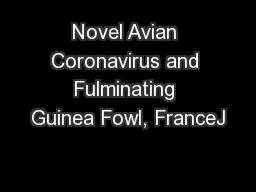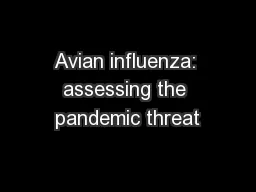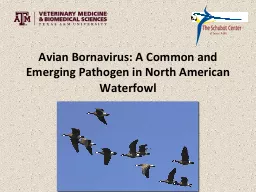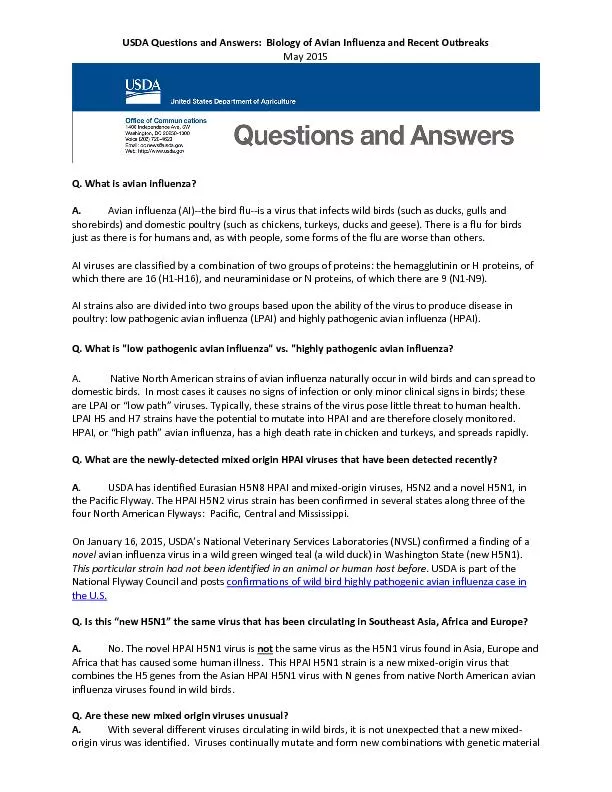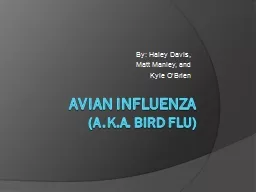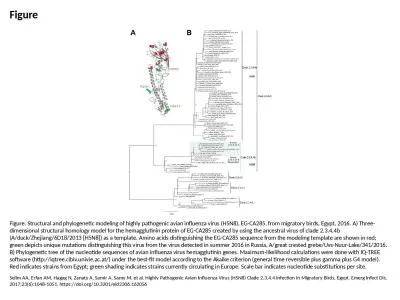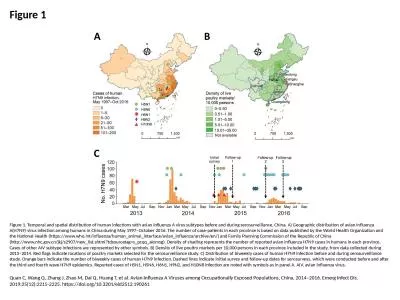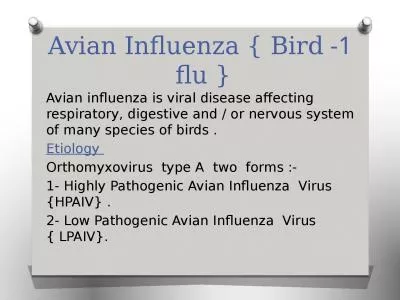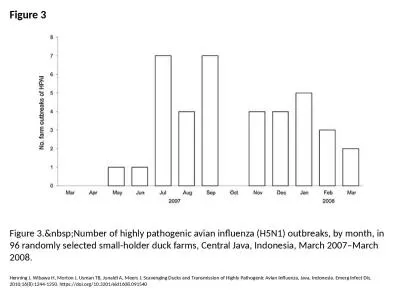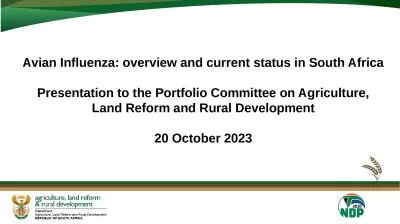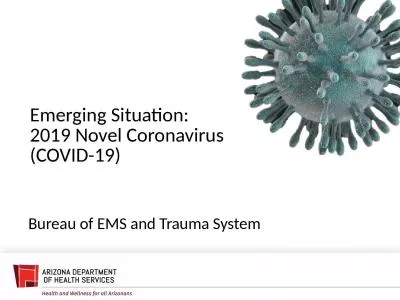PDF-Novel Avian Coronavirus and Fulminating Guinea Fowl, FranceJ
Author : celsa-spraggs | Published Date : 2015-07-25
NationalToulouse Island NY USA to concentrate the viral material RNA and DNA were extracted separately and a random reverse transcription PCR was performed as described
Presentation Embed Code
Download Presentation
Download Presentation The PPT/PDF document "Novel Avian Coronavirus and Fulminating ..." is the property of its rightful owner. Permission is granted to download and print the materials on this website for personal, non-commercial use only, and to display it on your personal computer provided you do not modify the materials and that you retain all copyright notices contained in the materials. By downloading content from our website, you accept the terms of this agreement.
Novel Avian Coronavirus and Fulminating Guinea Fowl, FranceJ: Transcript
Download Rules Of Document
"Novel Avian Coronavirus and Fulminating Guinea Fowl, FranceJ"The content belongs to its owner. You may download and print it for personal use, without modification, and keep all copyright notices. By downloading, you agree to these terms.
Related Documents

